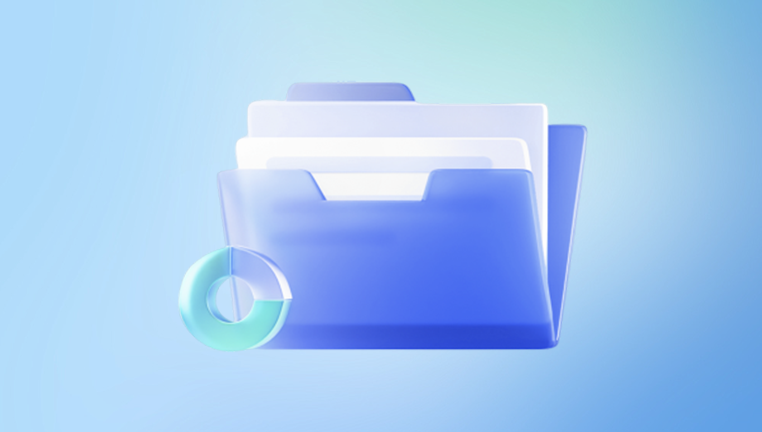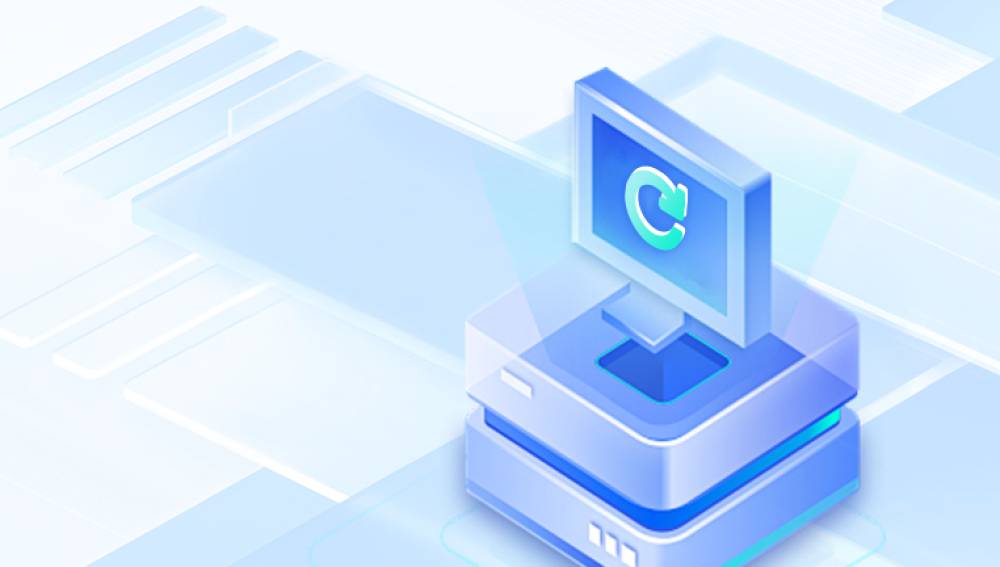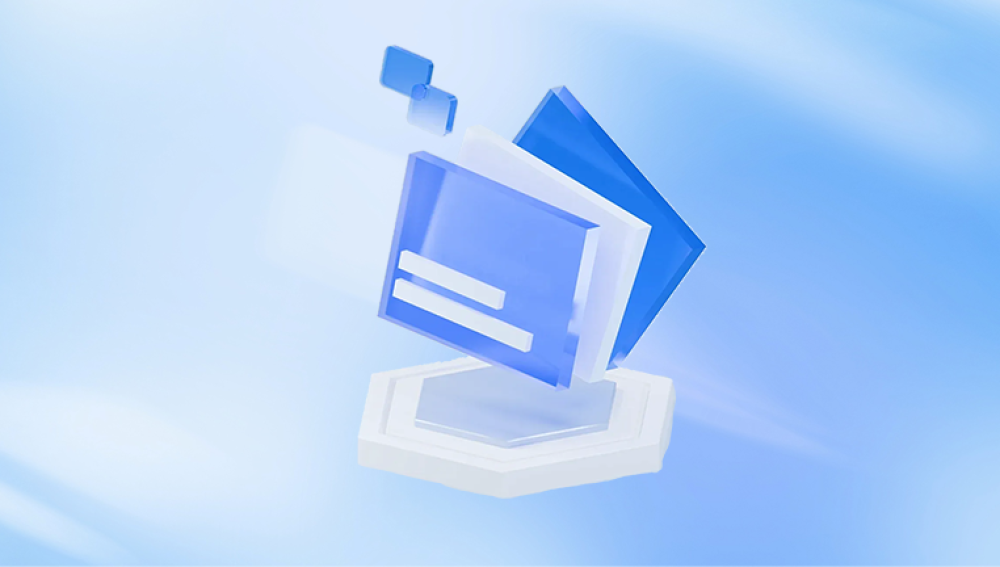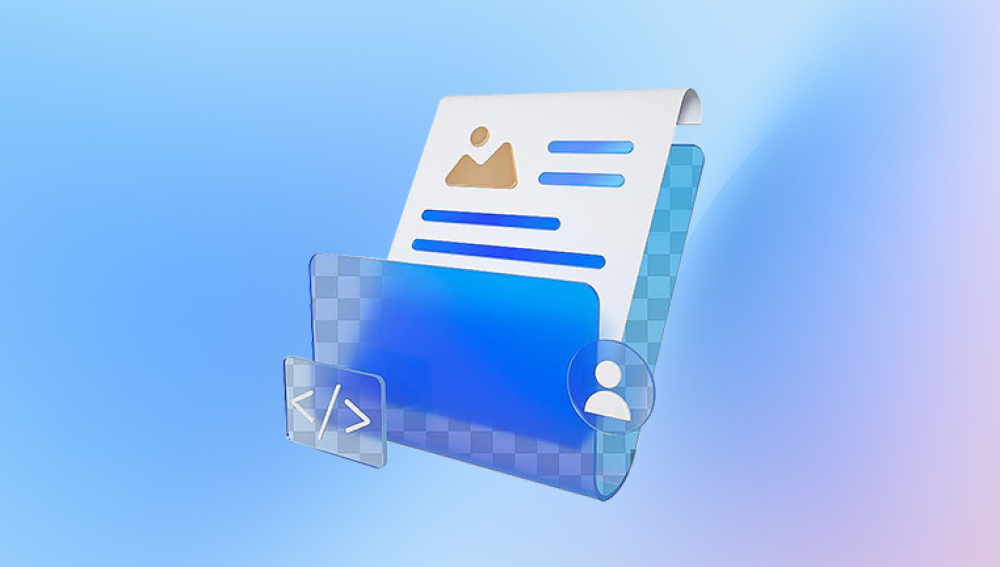Few things are as frustrating as discovering that your treasured photos or important image files are suddenly inaccessible. Whether it’s a collection of family memories, digital artwork, or critical product images for a business, a corrupted JPEG file can feel like an irreversible loss. Fortunately, that’s not always the case. With the right knowledge and tools, it’s often possible to repair JPEG files and recover your valuable images.
JPEG, which stands for Joint Photographic Experts Group, is one of the most widely used image formats in the world. Known for its compression efficiency and compatibility, JPEG files typically use the .jpg or .jpeg file extensions. This format balances quality and file size, making it ideal for sharing and storing digital images.
A JPEG file is essentially a binary file that contains several segments, including metadata, a header, Huffman tables, and compressed image data. If any of these elements become damaged or go missing, the file can become unreadable or display incorrectly.

How JPEG Files Get Corrupted
Before you can repair a corrupted JPEG file, it’s helpful to understand what causes the corruption. JPEG files can be damaged in various ways, including:
1. Improper Transfer or Download
If a file transfer is interrupted—due to unstable internet, USB removal, or sudden power loss—the JPEG may not complete properly, leading to unreadable data.
2. Virus or Malware Infection
Malicious software can damage files or alter their structure, rendering JPEGs unreadable or causing them to disappear.
3. Faulty Storage Media
Hard drives, memory cards, USB flash drives, or SSDs with bad sectors may save or retrieve files incorrectly, corrupting your images in the process.
4. Software Crashes
If an image editing application crashes while saving or editing a file, it might leave the JPEG in a half-written state.
5. Unexpected Power Failures
Sudden power cuts during file operations can prevent the full write cycle from completing, leading to file errors.
6. File System Corruption
Issues with the storage file system—especially on SD cards or external drives—can damage many files, including images.
7. Renaming File Extensions
Manually renaming a file’s extension (e.g., from .png to .jpg) without converting the format properly can lead to unreadable files.
Signs That a JPEG File is Corrupted
Corruption doesn’t always make a file completely unreadable. Sometimes, the file opens but doesn’t look right. Other times, it won’t open at all. Here are the most common symptoms of a corrupted JPEG:
The image won’t open at all in standard viewers (e.g., Windows Photos, Preview on macOS)
You see a “file is not supported” or “invalid image file” error
Part of the image displays, but the rest is greyed out, pixelated, or distorted
The thumbnail preview appears fine, but the full image is broken
Strange artifacts, lines, or color bands appear across the image
The file size is drastically smaller than expected
If you encounter these signs, don’t delete the file just yet—there’s a good chance you can fix it.
How to Repair Corrupted JPEG Files: Step-by-Step
There are several methods to repair JPEG files depending on the extent of the damage. You can start with the simplest techniques and move to more advanced ones if needed.
Method 1: Try Opening the JPEG File in Different Applications
Before diving into repair tools, try opening the file in different image viewers or editors. Some apps are more tolerant of file inconsistencies than others. Try:
IrfanView
XnView
Photoshop
Paint.NET
GIMP
Online viewers (Google Drive, Dropbox preview)
If you can open the image partially or fully, save it immediately with a new name. This action might repair minor file issues automatically.
Method 2: Use Free Online JPEG Repair Tools
Online JPEG repair tools are accessible from any browser and require no software installation. These tools scan the file, try to reconstruct missing or damaged parts, and let you download a fixed version.
Recommended Tools:
1. Drecov Data Recovery (JPEG Repair Tool)
This online platform offers a secure and straightforward interface for repairing JPEG files. Upload your file, wait a few moments, and download the recovered version. Files are automatically deleted after processing to ensure privacy.
2. OfficeRecovery.com for JPEG
OfficeRecovery’s online service can fix minor to moderate image corruption. It allows you to preview the repaired image and copy or download the result.
3. JPEG-Repair.org (by DiskTuna)
This site provides both free online and desktop tools. It requires a working sample image taken with the same device (used to rebuild the header of the corrupted file). It’s excellent for advanced recovery needs.
Note: For all online tools, avoid uploading sensitive or private images unless you trust the site’s privacy policy.
Method 3: Repair JPEG Using Photo Editing Software
Some image editors like Photoshop, GIMP, or Paint.NET can help salvage partially corrupted files. If a JPEG opens but displays visual glitches, you can use selection tools and cloning to remove the damaged parts and manually restore the image.
Here’s a general workflow:
Open the damaged image in your editor of choice
Use tools like clone stamp, healing brush, or crop to remove corrupted sections
Save the image under a new name in the same or a different format (PNG, BMP)
Optionally, re-export the edited image as a JPEG if needed
This method works best for files that are visually damaged but can still be opened.
Method 4: Use JPEG Repair Software (Free Desktop Tools)
Several free desktop applications exist specifically to fix broken JPEG files.
1. Stellar Repair for Photo (Free Version)
Stellar’s free edition allows limited recovery of corrupted JPEGs. You can scan, preview, and sometimes recover files for free. The full version offers batch recovery and export.
2. JPEGsnoop
This is a forensic tool that analyzes the structure of JPEG files. It tells you whether the image is original, edited, or corrupted. While it doesn’t repair files directly, it can guide further troubleshooting.
3. PixRecovery
PixRecovery attempts to recover damaged image data and reconstruct corrupted parts. It’s particularly useful for users who can’t even open the JPEG.
4. PhotoRec (by CGSecurity)
PhotoRec is a free, open-source tool that recovers deleted or corrupted media files, including JPEGs. It works at the disk level and is highly effective for recovering from faulty memory cards or drives.
Steps:
Download PhotoRec
Choose the drive containing your file
Let the software scan for lost JPEG data
Recover and save working image files
Method 5: Extract Image Data from a Corrupted File
Sometimes, the JPEG header is corrupted, but the image data (compressed image content) is intact. In such cases, you can repair the file by replacing the header with one from a healthy JPEG file.
Caution: This method is advanced and requires a hex editor.
Steps:
Find a working JPEG image from the same camera/device
Open both files in a hex editor (like HxD)
Copy the header section (typically the first few hundred bytes) from the working file
Paste it into the corrupted file, replacing the damaged header
Save the modified file with a new name and try opening it
If done correctly, this trick can revive completely unreadable JPEGs.
Method 6: Use File Conversion as a Recovery Strategy
Sometimes converting a corrupted JPEG to another format (such as PNG or BMP) forces the system to extract what it can from the image file. You can use:
Online-convert.com
Zamzar
CloudConvert
Upload your corrupted JPEG and choose a new format. If successful, you can often recover the majority of the image, though some visual glitches may remain.
Method 7: Recover Lost JPEGs from Backup or Cache
If you’ve tried everything and still can’t fix the file, check whether a backup or cached version of the JPEG exists. Possible places include:
Windows File History
macOS Time Machine
Google Photos or iCloud
Temporary folders (AppData, Temp)
Email attachments or shared folders
Social media uploads
Sometimes, even a lower-resolution version of the image is better than losing it completely.
Prevention Tips: How to Avoid JPEG Corruption in the Future
JPEG corruption often happens due to situations outside our control. However, following these best practices can significantly reduce your chances of facing the issue again:
Always Safely Eject Drives
Remove USB drives and memory cards properly to avoid writing errors.
Keep Backup Copies
Always save important photos in multiple locations—external drives, cloud storage, and physical media if needed.
Use Reliable Devices
Invest in quality memory cards, hard drives, and USBs from reputable brands.
Update Antivirus Software
Prevent malware from infecting or damaging your image files.
Avoid Editing the Same File Repeatedly
Save a new version after each major edit to avoid compounding file errors.
Power Your Devices with a UPS
If you're editing photos on a desktop PC, a power backup can prevent sudden shutdowns that corrupt files.
Regularly Scan Drives for Errors
Use system utilities like CHKDSK or Disk Utility to identify and fix bad sectors or file system issues.
While discovering a corrupted JPEG file can be disheartening, it's not always the end of the road. With the many methods and tools available—ranging from free online repair sites to desktop applications and manual editing—you can often recover or reconstruct your images.
Start with simple solutions, like opening the file in different programs or using an online JPEG repair tool. If those don’t work, explore more advanced options like using a hex editor, converting file formats, or extracting data with recovery software.




